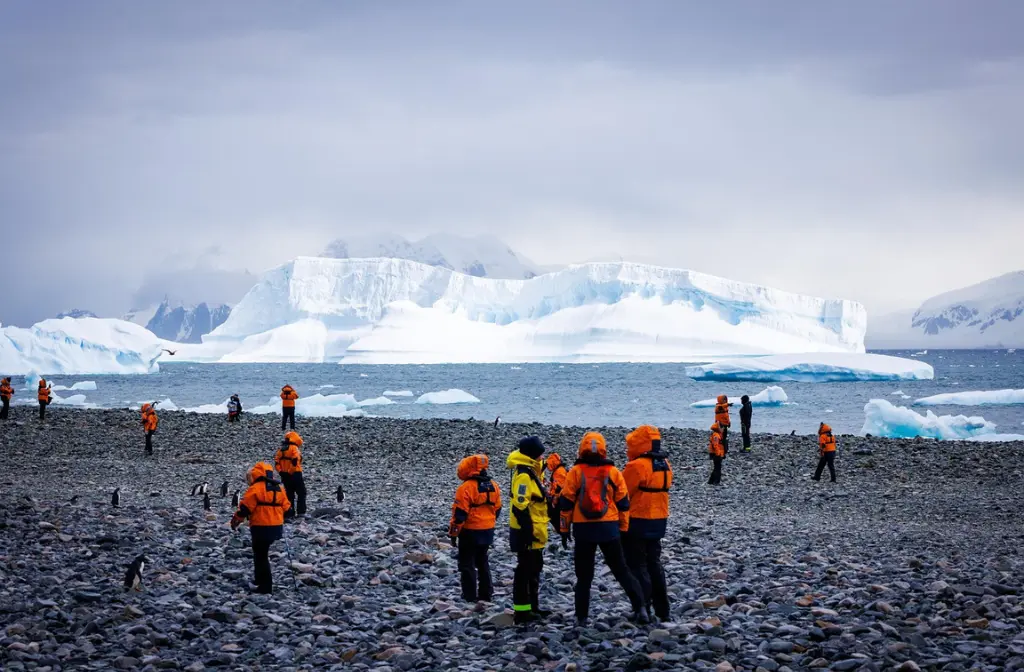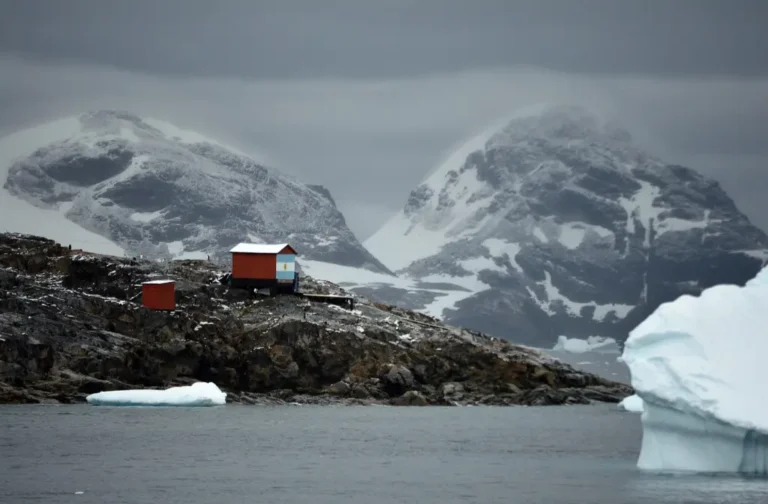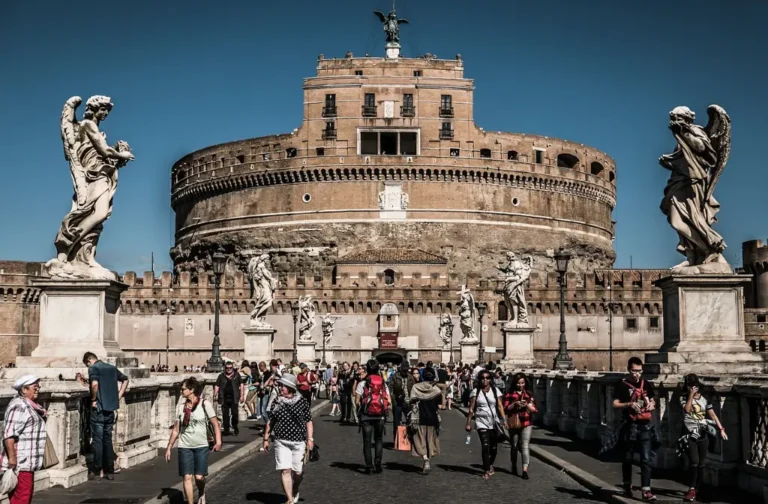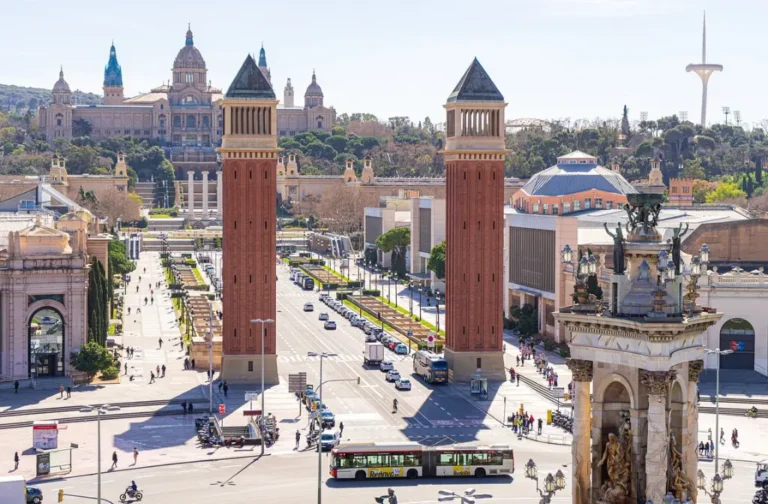Antarctica Tours: Explore the Last Great Wilderness
Table of Contents
Antarctica: Exploring the Last Great Wilderness on Earth
Imagine stepping onto a vast, untouched continent where towering glaciers, vibrant wildlife, and the purest landscapes on Earth stretch endlessly before you. This is Antarctica, the last great wilderness. Here, nature’s beauty reigns supreme, offering a pristine escape into the heart of the planet’s most remote and untouched regions.
Antarctica holds 70% of the world’s freshwater and is the coldest, driest, and windiest place on Earth. With its harsh conditions and untouched landscapes, it is the ultimate destination for those seeking adventure, serenity, and an unparalleled connection with nature.
Have you ever dreamed of witnessing a land where nature dominates? If so, a journey to Antarctica might be just what you’re looking for. This guide will help you explore the best of Antarctica, from its breathtaking landscapes to its extraordinary wildlife and sustainable tourism practices.
Why Visit Antarctica?
1. Once-in-a-Lifetime Adventure
Antarctica offers a remote, pristine wilderness that few have the privilege to experience. Untouched by mass tourism, it presents an adventure like no other. From crossing the Drake Passage to exploring icebergs and glaciers, every moment in Antarctica feels like stepping into an entirely different world.
2. Unique Wildlife
The continent is home to unique species such as Emperor penguins, Weddell seals, and humpback whales. Wildlife thrives in Antarctica’s extreme environment, and you can witness these creatures in their natural habitats, where they remain largely undisturbed by human presence.
3. Spectacular Landscapes
With towering ice cliffs, glaciers, and endless snowfields, the landscapes of Antarctica create a surreal, otherworldly experience. The stark beauty of its icy wilderness provides opportunities for unforgettable photography and exploration.
4. Scientific and Historical Significance
Antarctica has been at the heart of scientific research and exploration for over a century. Following in the footsteps of famous explorers like Ernest Shackleton and Robert Falcon Scott, you’ll gain insight into the early expeditions that sought to conquer this unforgiving continent.
Best Time to Visit Antarctica
Summer (November–March):
- Long daylight hours (up to 24 hours of sunlight in peak months)
- Temperatures range from 0°C to -10°C, making it the most hospitable time to visit
- Wildlife is particularly active, with penguin chicks hatching and whales migrating through the waters
Winter (April–October):
- Extremely cold temperatures, often below -40°C
- Near-total darkness, as the sun does not rise above the horizon
- Only accessible to scientists and researchers, as tourism is nearly nonexistent
How to Get to Antarctica
There are several ways to reach Antarctica, depending on your budget and adventure preferences:
1. Cruise Expeditions
- Departures from Ushuaia, Argentina; Punta Arenas, Chile; or New Zealand
- Travel through the infamous Drake Passage, a renowned and often rough stretch of water
- Zodiac boat excursions allow you to explore closer to shore and see wildlife up close
2. Fly-Cruise Options
- Fly to King George Island to bypass the rough waters of the Drake Passage
- After arriving, join an expedition ship for further exploration around the continent
3. Private & Luxury Tours
- Helicopter tours and custom itineraries offer a more exclusive experience
- High-end accommodations and private guided tours for a truly luxurious Antarctic adventure
Must-See Locations in Antarctica
1. The Antarctic Peninsula
This area is famous for its breathtaking landscapes, including towering glaciers and ice cliffs. It’s also home to various wildlife, including Gentoo penguins, leopard seals, and more.
2. South Georgia and the Falkland Islands
South Georgia is known for its abundance of seabird colonies and historic whaling stations. The Falkland Islands also offer a fascinating look at early exploration and wildlife encounters.
3. Deception Island
An active volcanic caldera with steaming beaches, Deception Island is home to remnants of a former whaling station. It provides a surreal environment for visitors to explore.
4. Ross Sea and McMurdo Station
This remote part of Antarctica is less frequently visited by tourists but is home to scientific research stations and historical explorer huts, offering insight into the challenges of polar exploration.
Wildlife Encounters in Antarctica
Antarctica is a wildlife lover’s paradise. The continent hosts an array of remarkable creatures adapted to its extreme environment:
- Penguins: Emperor, Adélie, and Chinstrap penguins are some of the most iconic species in Antarctica.
- Seals: Weddell seals, Leopard seals, and Crabeater seals are commonly found on the ice.
- Whales: Humpback, Minke, and Orcas are frequent visitors to Antarctic waters, often visible during cruises.
- Birds: The continent is home to a variety of seabirds, including Albatrosses, petrels, and skuas.
What to Pack for an Antarctica Tour
Essential Gear:
- Insulated, waterproof clothing: To protect against freezing temperatures and wet conditions
- Thermal layers: For layering in the cold
- Moisture-wicking fabrics: To stay dry and warm
- UV-protective sunglasses and sunscreen: The glare from the snow is intense, so protection is necessary
- Camera with extra batteries: Cold temperatures can drain battery life quickly, so bring extras
Photography Tips:
- Use a telephoto lens to capture wildlife from a distance
- Take advantage of the natural lighting during golden hours for the best photographs
- Protect your gear from condensation when moving between extreme temperature zones
Responsible Travel & Sustainability in Antarctica
Antarctica is one of the most fragile ecosystems on Earth, so responsible travel is essential:
- Leave No Trace: Visitors must follow strict guidelines set by the Antarctic Treaty to minimize environmental impact.
- Wildlife Protection: Always maintain a safe distance from animals and never disturb their natural behaviors.
- Eco-Friendly Travel: Opt for tour operators committed to sustainable practices to help preserve Antarctica for future generations.
- Scientific Contributions: Some tours offer opportunities to participate in citizen science projects, allowing visitors to contribute to ongoing research.
Cost of an Antarctica Tour
The cost of visiting Antarctica can vary widely depending on the type of tour you choose:
| Tour Type | Duration | Cost Range |
|---|---|---|
| Budget Cruise | 10-14 days | $5,000 – $8,000 |
| Mid-Range Expedition | 14-20 days | $8,000 – $15,000 |
| Luxury Experience | 10+ days | $15,000 – $50,000+ |
Frequently Asked Questions
- Is a visa required to visit Antarctica?
No visa is required to visit Antarctica itself, but you may need visas for transit countries such as Argentina or Chile. - How physically demanding are Antarctica tours?
Most tours require a moderate fitness level, especially for activities like shore landings and hiking on icy terrain. - Are there accommodations in Antarctica?
Only research stations offer accommodations for scientists. Tourists typically stay aboard expedition ships. - Can you see the Northern Lights in Antarctica?
No, but visitors to Antarctica can witness the Southern Lights (Aurora Australis), a captivating display of the aurora during the winter months.
Conclusion
Antarctica is a dream destination for adventurers, wildlife enthusiasts, and nature lovers alike. Its untouched wilderness, unique wildlife, and unparalleled beauty offer an experience that can’t be found anywhere else on Earth.
Whether you’re considering an expedition cruise, a luxurious adventure, or something in between, now is the time to plan your unforgettable Antarctic journey. As one of the last great wildernesses on Earth, Antarctica reminds us of the importance of preserving nature’s raw beauty for future generations to experience.







